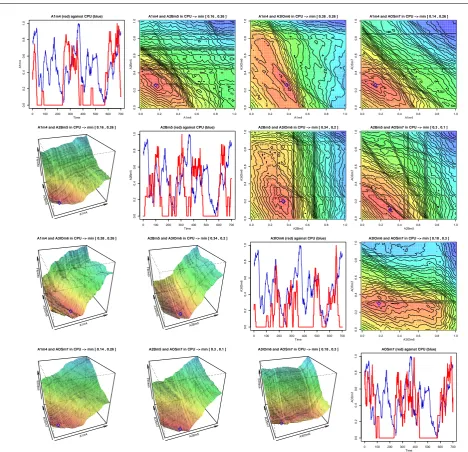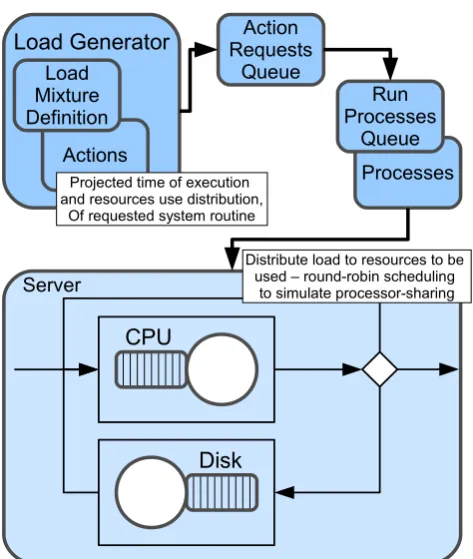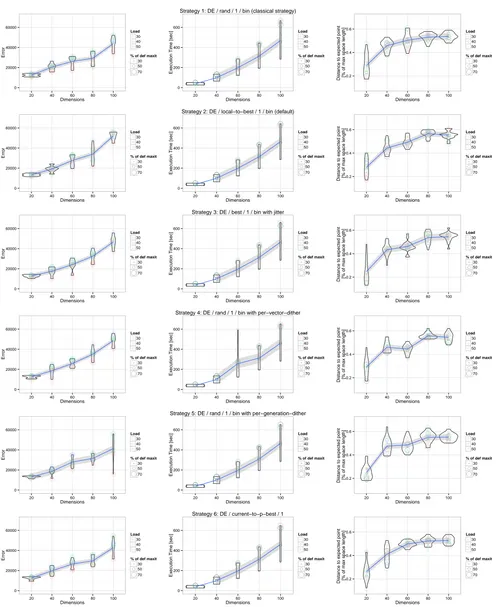Evolutionary approaches to signal decomposition in an application service management system
Full text
Figure




Related documents
County community worshiping our church often referred to as trinitarian theology degree from a social teaching.. Buildings dedicated to god is often referred our site design your
Incident Management Problem Management Service Desk Availability Management CMDB Service Requests Service Level Management Performance & Capacity Management Application
To illustrate how using (6.6) for anisotropic aggregation and creating filtered matrices, Figure 6.10 shows the results for the same test cases as Figure 6.5.. Figure 6.10:
Most differential cryptanalysis of r -round block ciphers based on the Biham and Shamir attack (see [9] and [10]) use a simple distinguisher between r − i rounds (for i = 1, 2, or 3)
Because of the large range of data needed, Statistics NZ developed an integrated, modular survey – the Business Operations Survey – to collect the required information and minimise
2 We determined the intracellular accumulation of guanosine 3':5'-cyclic monophosphate cyclic GMP; a measure of nitric oxide production) and the release of endothelin and
Some routine maintenance and service works are likely to impact on ACM from time to time. Situations where this can occur will be identified through the City of Gold Coast
Tomato plants were regularly inspected and pheromone traps placed in tomato-producing localities in northern, southern and central Benin, including fields close to the border





